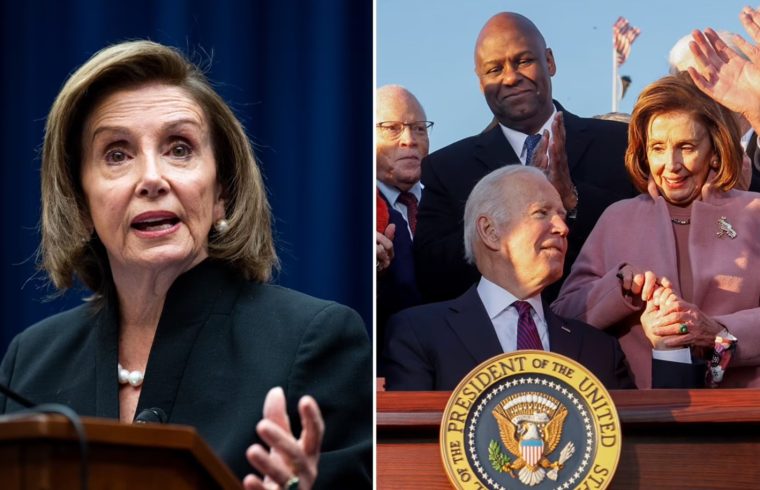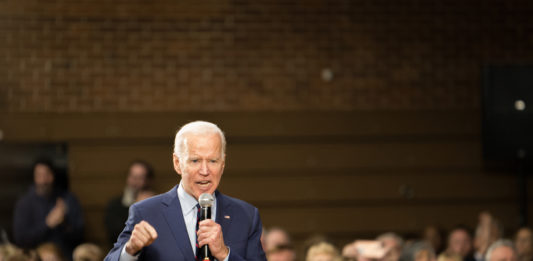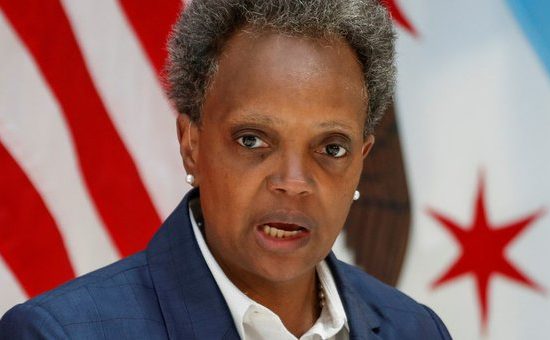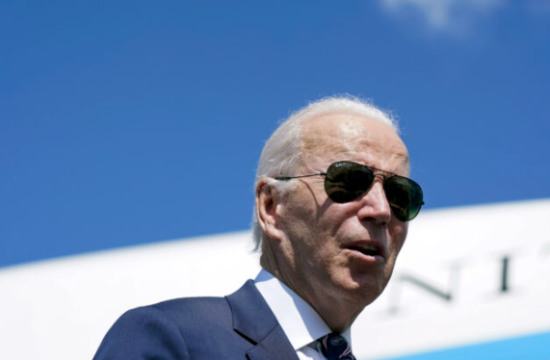Nancy Pelosi, House Speaker, will file for and run for reelection next year’s midterm election, according to a report. This is despite her pledge to step down from leading the House Democrats in 2022.
This report comes amid speculation about Pelosi’s replacement as leader of House Democratic Caucus, if she decides to retire after the 2022 elections. These are widely anticipated to see Republicans regain control of the chamber.
Pelosi held the top position in her party’s House as speaker and minority leader for almost two decades. Pelosi signed a term-limit agreement in 2018 during leadership elections. This would have meant that she would not be seeking the speaker’s seat after 2022 elections. She reiterated her commitment to the plan last year.
However, the CNN report that was published Sunday, citing “sources who are familiar with Pelosi’s thinking,” stated that Pelosi may break that promise and seek to continue as the leader of House Democrats in 2022.
This news is a major shift in the House Democrat’s top spot. Pelosi refused to answer when she was asked October if she would run for reelection. This further fueled speculation that she was planning an exit.
Pelosi asked, “Why would I tell you that now? Probably I would have that conversation with my family first, if you don’t mind.”
Pelosi could retain her term-limit agreement and still leave Congress, even if she is elected to another term.
Pelosi can run for another term while keeping the possibility open of running again for a leadership position. This helps her keep control over her caucus, and to avoid being referred to as a “lame duck speaker,” which is a term Republican House Minority Leader Kevin McCArthy used to describe her.
It could also end speculation about her replacement as Democratic leader of the House. This will prevent months-long bidding for the top position among the top contenders, which can distract from the campaign against Republicans in midterm elections.
It is also possible that Pelosi may claim that she will retire before 2022 and Republicans win the House in a huge wave. This would make it appear that she abandoned her members and left them fighting for their rights in the minority. A wave of Democratic retirements has already given the impression that Pelosi is abandoning her members and leaving them to fight for their rights in the minority.
Paul Ryan, former House Speaker, was in a similar situation to Pelosi in 2018. In 2018, Democrats were expected and did make gains at the House that sent Republicans to the minority. He considered running for reelection in 2018, even though he wanted to leave to continue fundraising for House Republicans. However, he was concerned that donors might be discouraged from supporting House Republican candidates by announcing his retirement.
Instead Ryan announced his resignation from Congress in April 2018, before the election. He stated that his conscience wouldn’t allow him to ask constituents to vote in favor of him, even though he was planning to retire from Congress.
Pelosi has had to deal with many difficulties managing her caucus over the past year due to the growing divide between far-left and centrist Democrats. Both ideological wings have leveraged the razor-thin majority of Democrats in the House.
Pelosi spent nearly three years wrangling the centrist and liberal factions. There were also two Capitol Hill visits by President Joe Biden and a decoupling between the two halves Democratic’s “Build Back Better” legislative agenda. Finally, 13 Republicans voted to pass the $1.2 trillion infrastructure bill in a late night vote in November.
Separately, Ilhan Omar, Minnesota Democratic Representative, has criticized Israel, causing intraparty tensions to spill into the public sphere. After Omar’s apparent comparison of Israel and the United States to Hamas or the Taliban, a coalition of 12 Jewish Democrat signed a statement in June addressing Omar.












